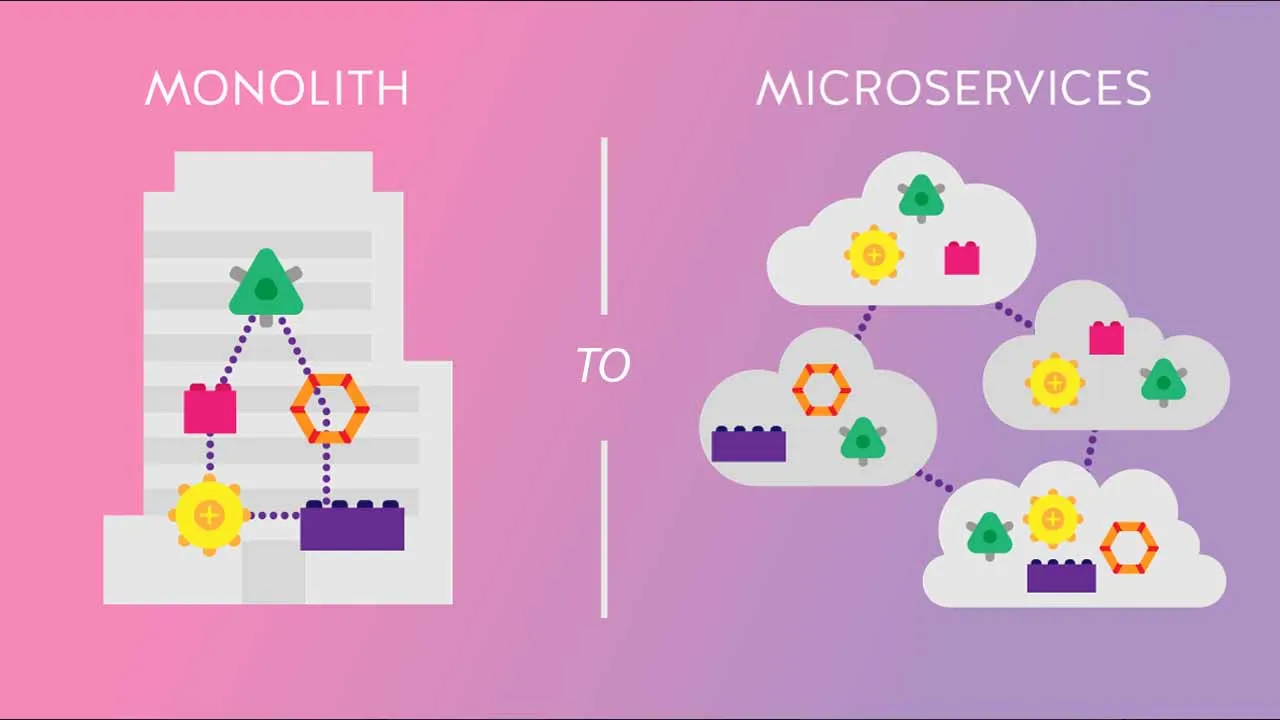When should you adopt microservices? When is monolith architecture better? How to transition?
Microservices architecture is a way of creating applications through loosely coupling services. Every service represents a system component that can be created and maintained separately, executing an independent business goal. In this article, we’ll discuss why you should transition from monolith to microservices.
Monolith Architecture
The traditional application architecture is monolithic. The monolithic approach means creating the application as a single unit that contains all the functional components, including database operations, business logic, background processing, etc. They are all deployed together at the same time and running on the same servers.
There are several benefits that monolith architecture brings. First of all, it’s very convenient to develop a simple application as everything’s in the same language and framework.
Second, they are easy to test. End-to-end testing can be performed by simply launching the entire application.
Finally, there’s only one application being released every time something new is added.
However, all these benefits carry their own difficulties. Deploying the entire application when you only need to make a small change is too complicated and unnecessary. This wouldn’t be a problem if you migrated from monolith to microservices.
When there’s a small bug that only requires the change of only a few lines of code, you need to create a new build for the entire system and deploy it again. This can take days, sometimes even weeks.
Scaling is an even bigger issue. Scaling just a part of the system is impossible — you have to scale the entire system instead. This makes the creation of innovation much more difficult. Organizations struggle with becoming agile because every action takes too much time and effort.
#microservices #monolith #microservices adoption
